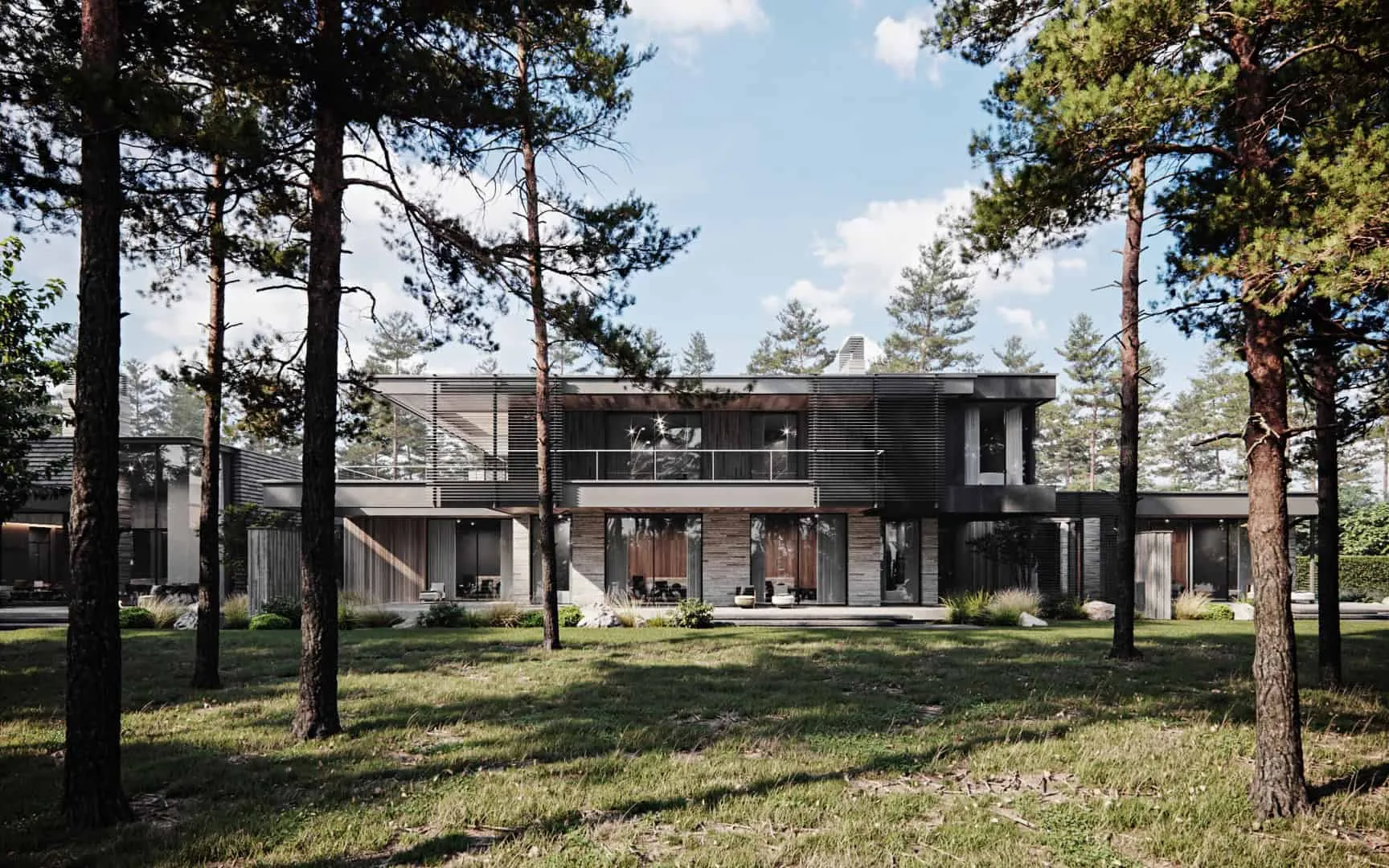There can be your advertisement
300x150
Painting the Kitchen: What You Need to Know
Aside from the bathroom, the kitchen is the most challenging room to paint. When doing renovation work in the kitchen, you must keep several important aspects in mind. Learn how to avoid the most common mistakes!
The kitchen is probably the most problematic room in the house due to dynamically changing conditions. Since we use it for cooking and eating, it becomes much dirtier than other rooms. Cooking involves temperature fluctuations and a lot of steam, which increases humidity. These factors can negatively affect furniture and walls.
At the same time, kitchen surfaces are at a greater risk of fading and other types of damage due to contact with natural acids. Therefore, when organizing your kitchen, you should pay attention not only to aesthetics but also functionality. Before starting the project, focus on choosing materials that can withstand any environmental changes. Resistance to moisture, water, and mold is important not only for exterior house painting but also for interior spaces.

What Paint to Use for Painting the Kitchen?
You might wonder which products to use to make walls resistant to challenging temperatures and humidity levels in the kitchen. The best approach is to choose products specifically designed for kitchens and bathrooms. They contain water-resistant ingredients like acrylic resin, which enhances their durability and helps prevent mold growth.
Look for strong, well-adhering, and moisture-resistant paint such as latex or acrylic. Both handle humidity very well. Additionally, they are easy to clean.
How to Prepare Kitchen Walls for Painting and Decorating?
Before applying paint, check the condition of the walls. It's best to hire professional painters and decorators who can conduct a thorough inspection, identifying what steps need to be taken to prepare the surface for painting and decorating. If there are cracks or holes, filling may be necessary. Sanding, polishing, and priming will also be required.
How to Deal with Mold on the Kitchen?
It's not uncommon to find mold in the kitchen. Steam creates favorable conditions for its growth. If you notice it already present, do not cover it with paint—it will be ineffective. You must remove the spores, which likely survived under a layer of paint. For this purpose, use a fungicidal spray or liquid (some contain chlorine but there are exceptions). Most painters and decorators in London offer mold removal services as part of their painting packages.
To prevent future mold development, start by adding a special additive to the primer. A humidifier is also a good investment since it prevents humidity from reaching extreme levels.
This article was prepared in cooperation with Ignas Limited — a painting and decorating company in London.
More articles:
 Waterside by SAOTA and ARRCC: Sculptural Beach Sanctuary in Clifton
Waterside by SAOTA and ARRCC: Sculptural Beach Sanctuary in Clifton Oceanfront Real Estate with Open Layout and Sustainable Features
Oceanfront Real Estate with Open Layout and Sustainable Features House with a Crisscross Design by Mork-Ulnes Architects in Bend, Oregon
House with a Crisscross Design by Mork-Ulnes Architects in Bend, Oregon Off-the-Grid House by UnBox Design in Delhi, India
Off-the-Grid House by UnBox Design in Delhi, India Office Building Extension in Poznan by EASST Architects
Office Building Extension in Poznan by EASST Architects Office MA — Transparent Office Design by éOp – Architecture and Design in Porto
Office MA — Transparent Office Design by éOp – Architecture and Design in Porto Office Stairs as a Sculptural Element Designed by Paulo Merlini Architects
Office Stairs as a Sculptural Element Designed by Paulo Merlini Architects Ocolica Project by Kerimov Architects: Nature and Architecture in Rhythmic Harmony
Ocolica Project by Kerimov Architects: Nature and Architecture in Rhythmic Harmony